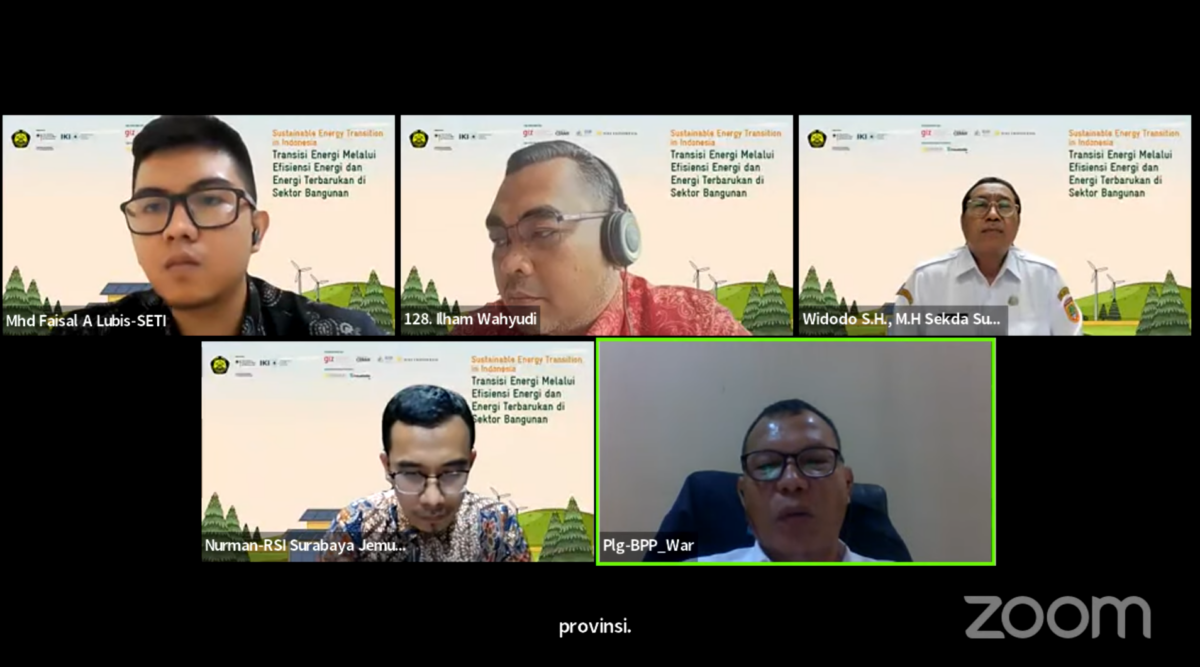
Examining Energy Efficiency Practices and Renewables Utilization in Indonesia’s Building Sector
Jakarta, October 30, 2024 – The energy transition is a gradual process with a long duration and requires collaborative efforts from various stakeholders r... Read more.
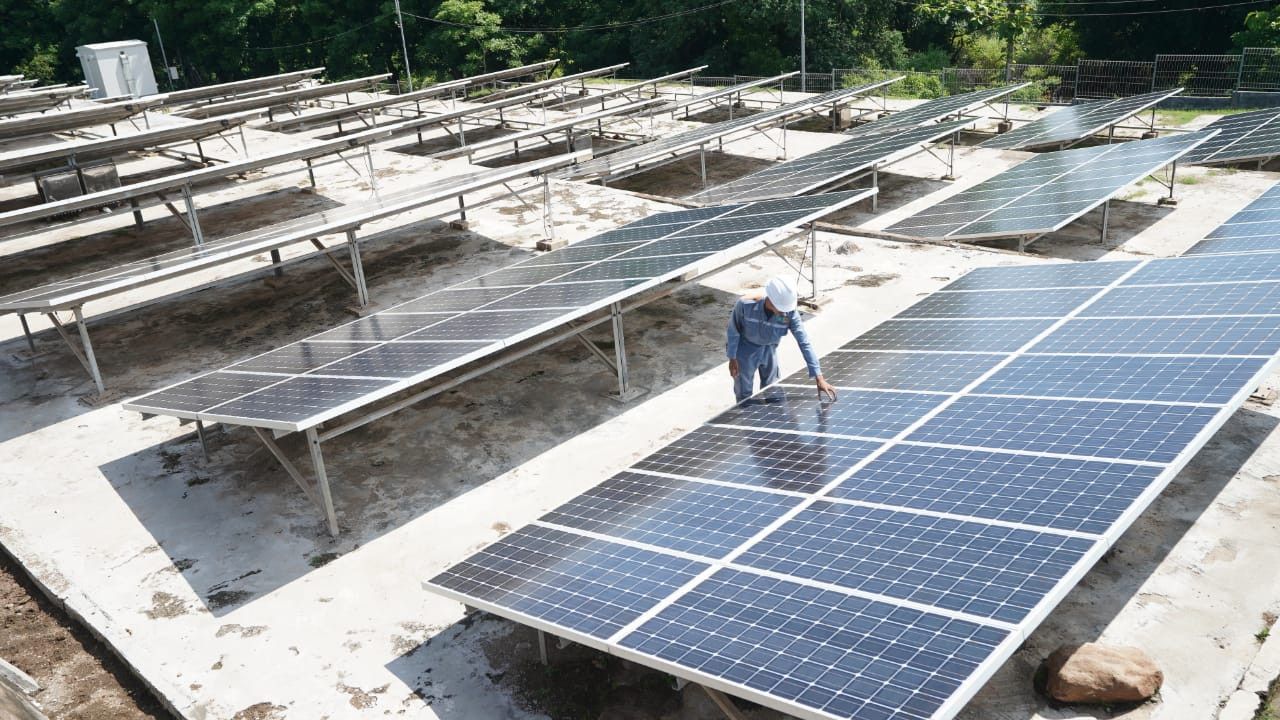
Taming the untapped energy in Indonesia
The global goal of tripling renewable energy capacity to 11 TW by 2030, declared at COP28 in Dubai, must align with the 1.5°C Paris Agreement target. While pro... Read more.
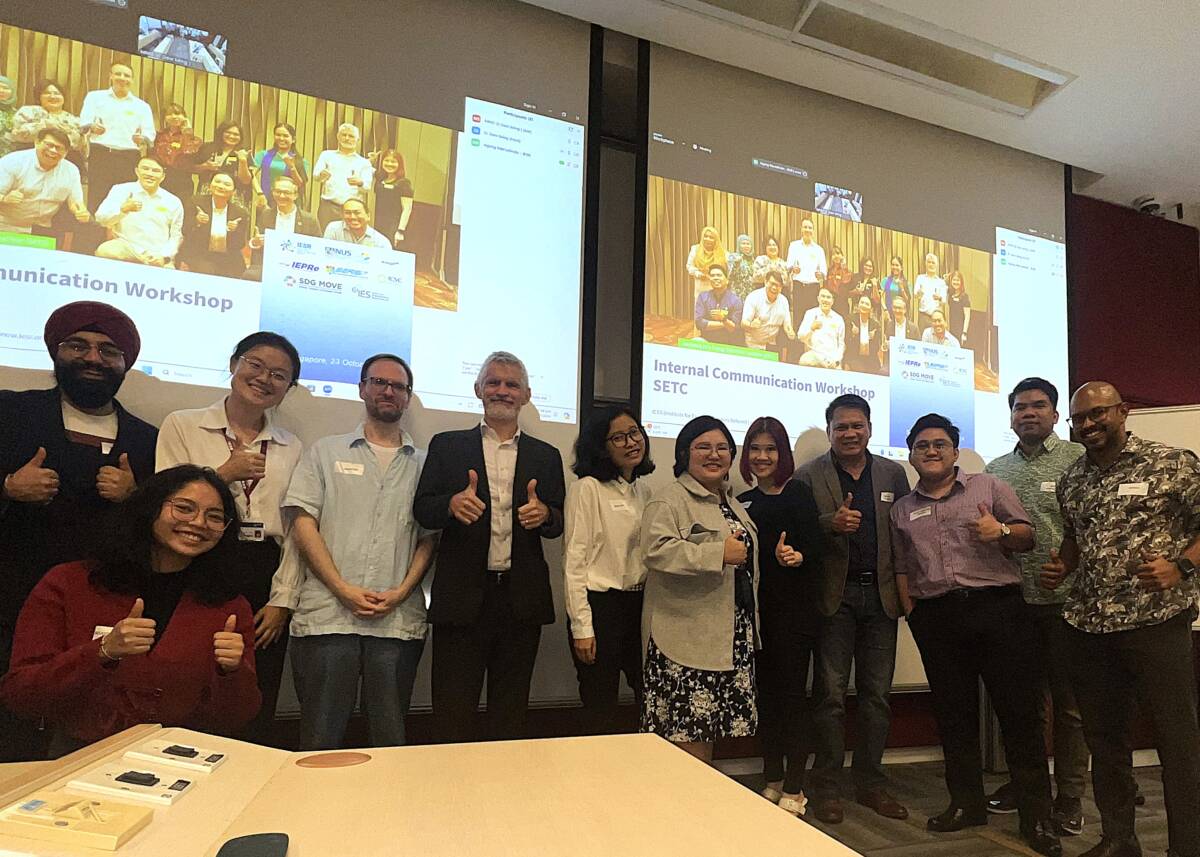
Empowering the Narrative: A Synergetic Work for Southeast Asia’s Energy Transition
Singapore, 23 October 2024 – In the field of energy transformation, the value of a captivating narrative cannot be overstated, as it helps clarify public ... Read more.
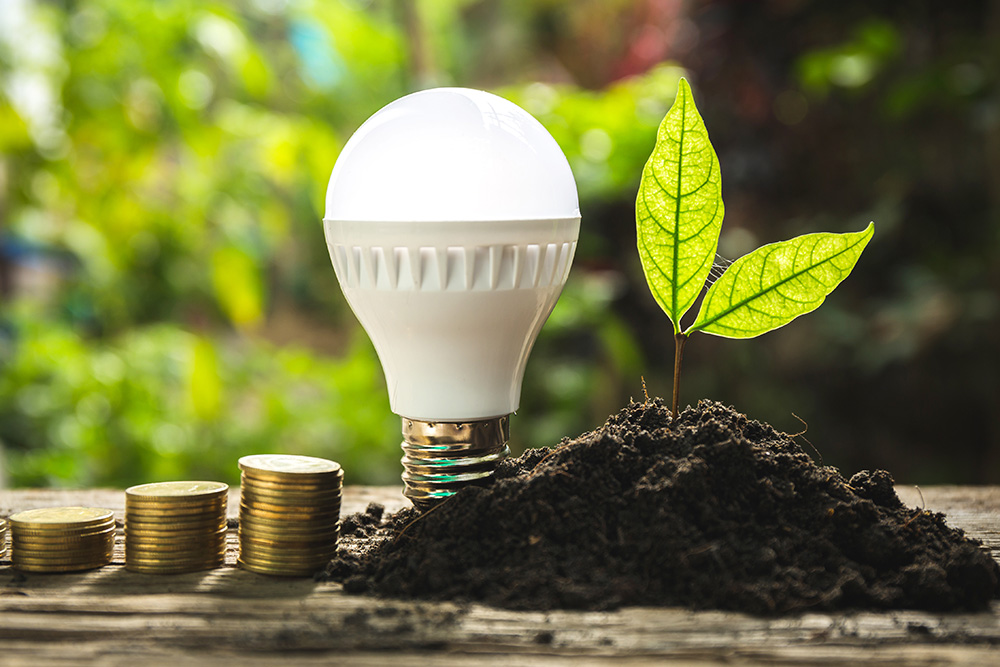
Understanding What Carbon Footprint Is So You Can Close the Source of Carbon Footprint
In recent times, the term carbon footprint has become quite a trend because more and more people are talking about it. But do you, Essentials Friends, understan... Read more.
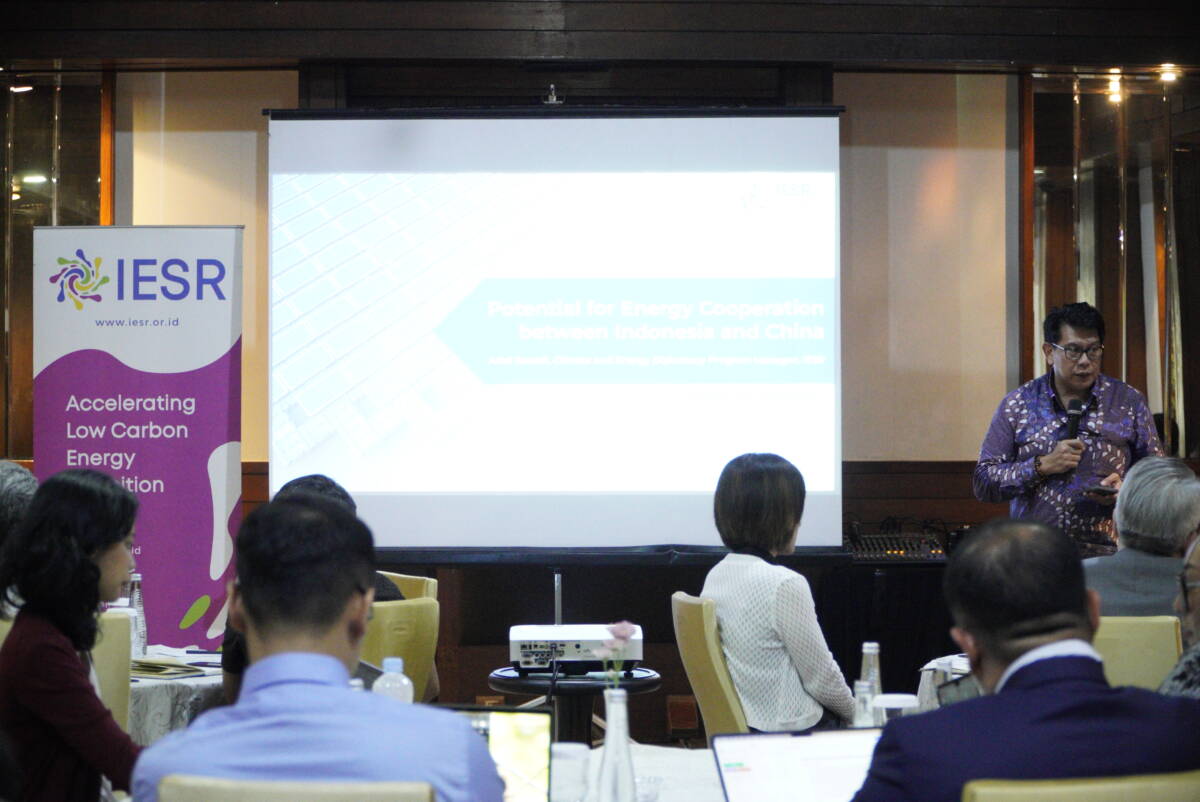
Exploring the Potential of Indonesia-China Energy Sector Cooperation
Jakarta, October 21, 2024 – Indonesia is still experiencing a number of challenges in carrying out the energy transition. Investment and technology transf... Read more.
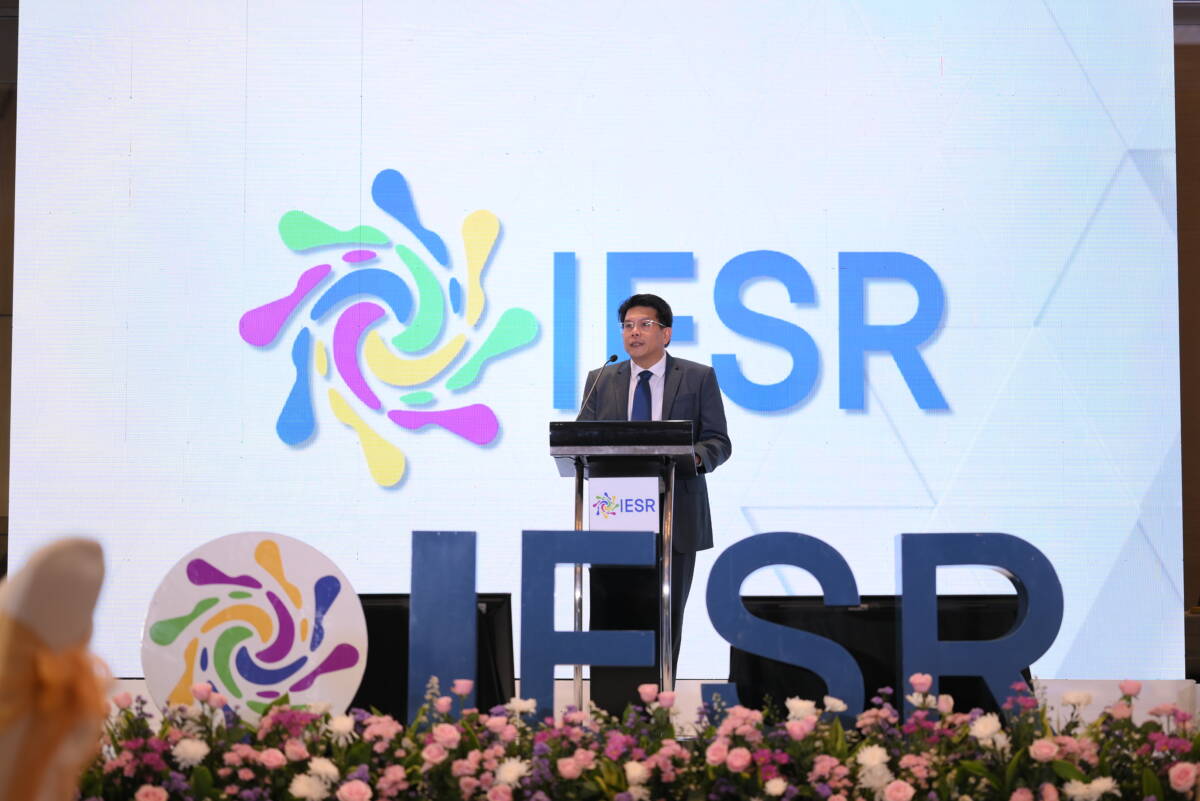
Awaiting Homework for the Elected Minister of Energy and Mineral Resources
Jakarta, October 17, 2024 – Ahead of the announcement and inauguration of the new cabinet for 2024-2029, a number of names are predicted to fill various s... Read more.

Mapping Growth Opportunities for Solar Energy and Energy Storage in Indonesia
Jakarta, October 15, 2024 – Throughout 2023, global renewable energy capacity will increase by 473 GW, with 74 percent or 346 GW coming from solar energy.... Read more.
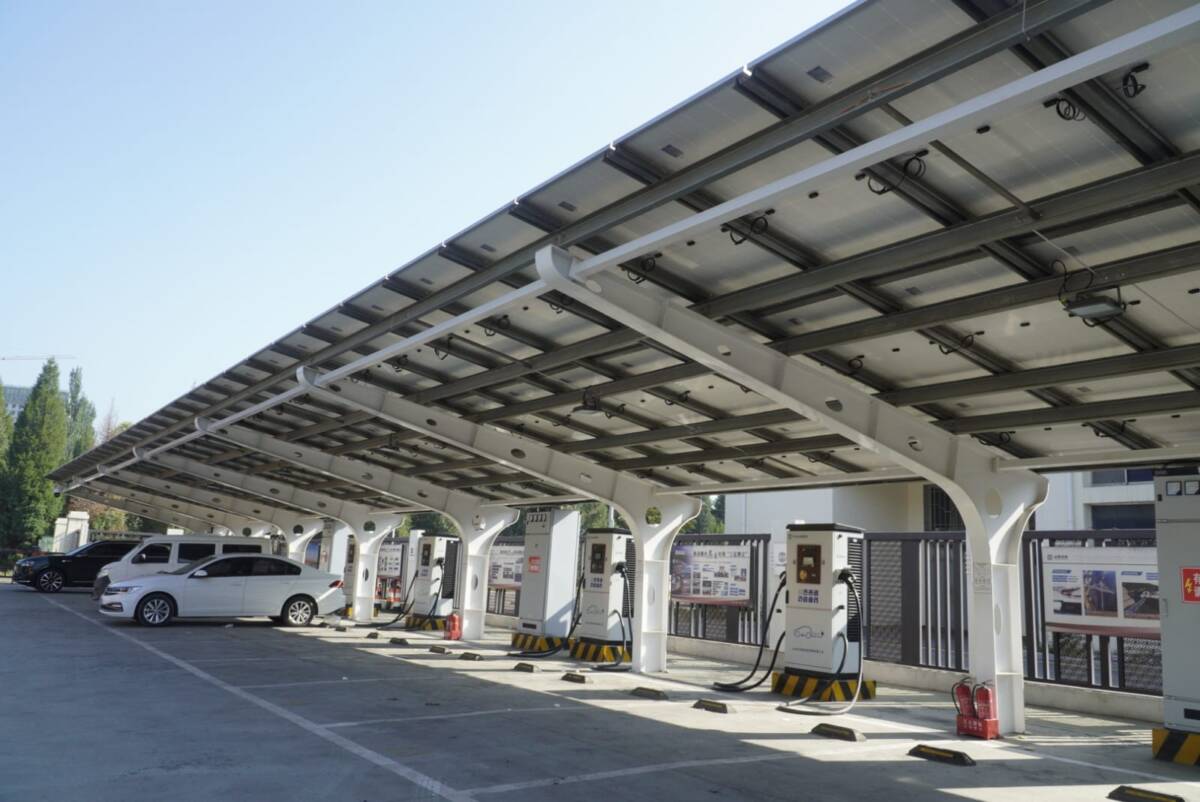
The Power of Multi-Stakeholder Collaboration in Accelerating Indonesia’s Energy Transition: Focus on Cities
Cities are among the major emitters of greenhouse gases (GHG) in Indonesia. The emission comes from human activities which consume energy and produce waste. The... Read more.
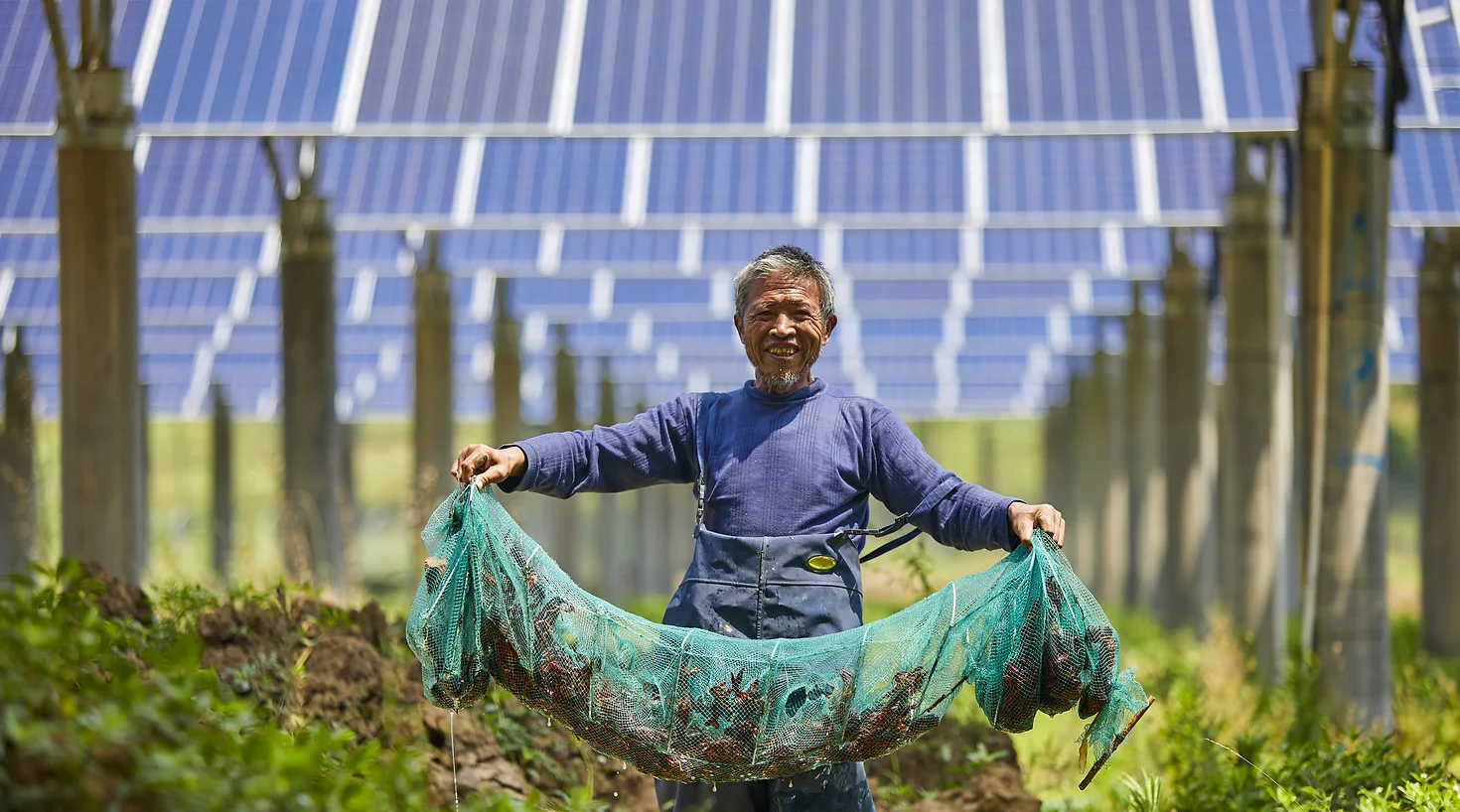
The Energy Transition for the People
In 2021, energy transition in Indonesia has gained traction, with the pledge to reach net zero emission by 2060 or sooner signalling the starting point. The tar... Read more.

Energy Transition as an Option that Provides Long-term Economic Benefits
Indonesia, as a developing country with the fourth-largest population in the world, continues to strive to maintain its economic growth at 6-7% in order to beco... Read more.
